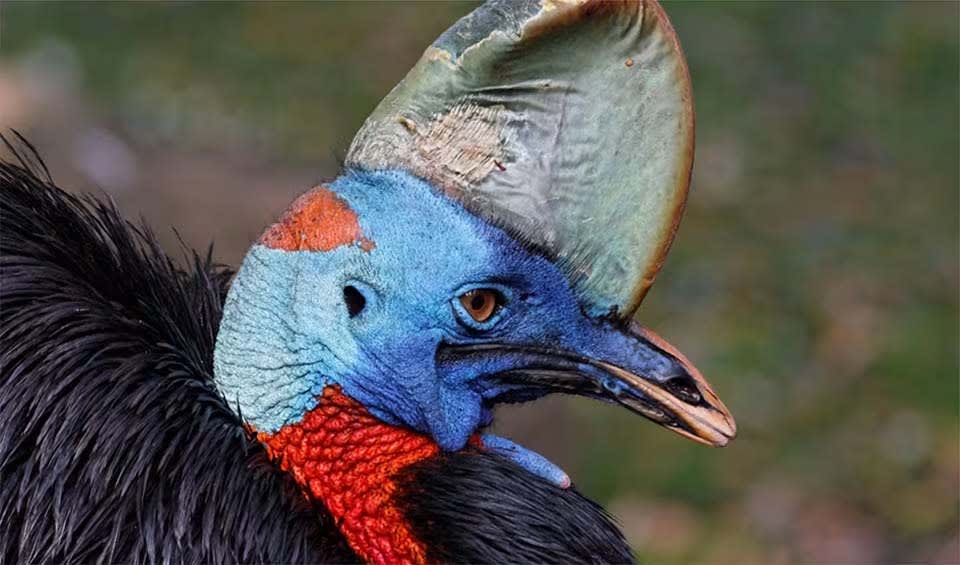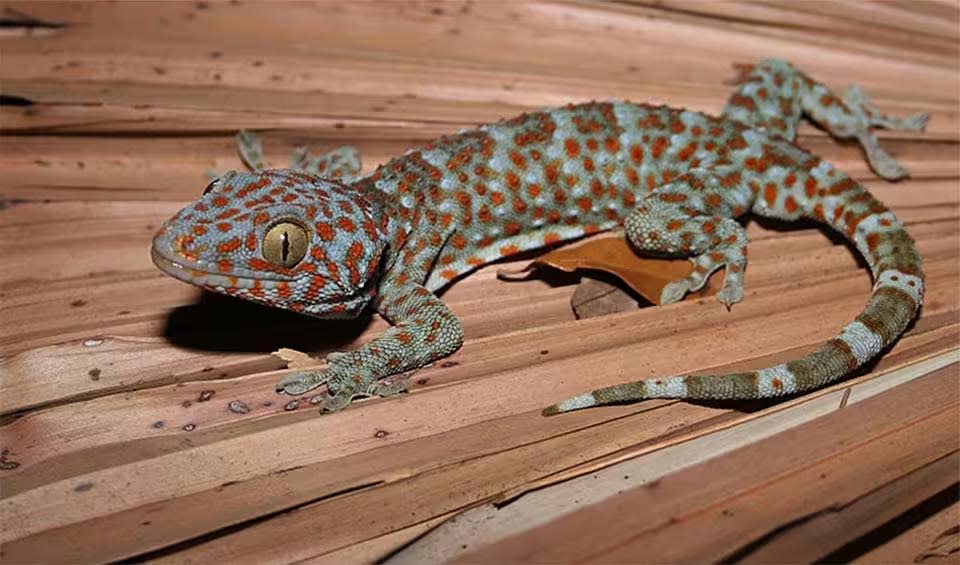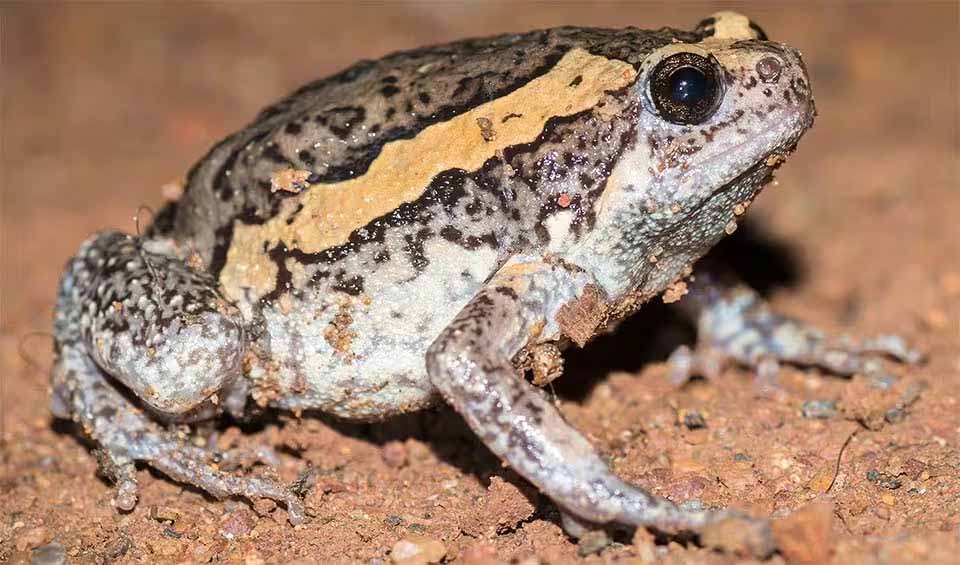A biodiversity paradise, Indonesia is home to a remarkable variety of species, including iconic orangutans and globally significant flora and fauna. Even with rich diversity, 15.7% of its species are threatened, highlighting the urgency of taking immediate action for conserving them. Land management is also essential; 3.1% of marine and 12.2% of terrestrial areas are marked as protected; still, illegal activities like wildlife trade and agricultural conversions raise concerns.
Lowland forests, which are rich in biodiversity, are facing serious threats from logging, land conversion, mining, infrastructure development, fires, and illegal activities. Another major concern is the conversion of natural forests into oil palm plantations. The area covered by oil palm plantations is increasing at an alarming rate. Indonesia needs to take quick action to protect these crucial ecosystems and biodiversity.
Four pillars elaborated:
Well, it’s complex! Balancing development and conservation across Indonesia’s ~17,000 islands and unique habitats is not an easy task. Indonesia has a total area of 187.84 million km² (72.53 million mi²), of which more than half are forests and 47.8% are non-forest areas. They have designated 12.2% of the land as protected areas(PAs). Despite protection, lowland forests face severe threats from illegal logging, agriculture, and infrastructure development, especially due to expanding oil palm plantations. Land Management
Land Management
Indonesia’s vast marine territory, covering 5.8 million km² (2.24 million mi²) and including 2.55 million km² (965,255 mi²) of the Exclusive Economic Zone(EEZ) with a coastline of 80,791 km (50,201 miles), holds great ecological importance. 3.1% of the oceans are marine protected areas(MPAs). But, mangroves are affected by urban growth and illegal logging, while coral reefs are endangered by destructive fishing and tourism, putting their biodiversity at risk.
When we think of Indonesia, we often picture the amazing orangutans struggling to survive in their shrinking rainforest homes around oil palm plantations. The country hosts 12% of the world’s mammal species (515 species), placing it second only to Brazil. 16% of the world’s reptile species (781 species), and 35 species of primates, ranking it fourth globally. Additionally, 1,900 species of butterflies, account for 10% of the world’s total. Over half of all plant species on Earth are indigenous to Indonesia, which is home to a remarkable 15.5% of all plant species globally. This makes Indonesia a global hotspot for plant diversity and a center for
agrobiodiversity, including a variety of cultivated plants and domesticated animals. Threats to Biodiversity
Threats to Biodiversity
Wildlife trade is a big business here, worth about US$1 billion every year. This trade, (operated legally & illegally), threatens many wild species. Country’s CITES accession and ratification to the CBD have the potential to address the issues created by such wildlife trade.
Despite this rich biodiversity, 15.7% of Indonesia’s species listed on the IUCN Red List are threatened. Indonesia’s Species Protection Index (SPI- 42.60) indicates incomplete coverage of species’ ranges by protected areas, and its Species Habitat Index (SHI 47.10), with a significant drop of -44.60 over a decade, tells us how much of its natural habitats have been lost since 2001. This is due to the loss or degradation of natural habitats, which are crucial for the survival of various species.
Indonesia is facing serious problems in conservation efforts because of weak governance and limited resources. The Indonesian government controls 92.8% (78.6%-national and 14.2%- sub-national) of protected areas, with no involvement of local communities. Capacity and Governance
Capacity and Governance
Laws are least effective like the Conservation Act(1990), focuses more on general conservation plans than on directly protecting biodiversity and habitats. Also, since the 2004 law, local governments have been in charge of giving out permits to clear land, leading to increased forest conversion. Yet, the Biodiversity Action Plan for Indonesia (BAPI) and the Indonesian Biodiversity Strategy and Action Plan (IBSAP) represent significant efforts for conservation and management.
The government needs better training, legal reforms, technical help, and local communities’ support to address conservation challenges effectively.
Indonesia is now all ready to make some positive changes! They are planning to include biodiversity concerns in their development plans and introduce new policies to encourage eco-friendly production and consumption. The updated IBSAP will keep an eye on how these plans are put into action at both the national and local levels. They’re also looking to expand conservation areas (ex-situ and in-situ) and work on managing land more sustainably, reducing pollution, and tackling invasive species. Future Trends
Future Trends
Restoring degraded ecosystems and taking care of existing conservation areas are also on the list. Plus, they want to improve their scientific and technological capabilities. All of these efforts will be supported by better data collection and conflict resolution.
Biodiversity
Indonesia is one of the world’s most biodiverse countries, comprising over 17,000 islands that host a vast array of ecosystems, from tropical rainforests and mangroves to coral reefs and savannas. The country’s location on the equator and its diverse topography create ideal conditions for an immense variety of flora and fauna. The rainforests of Sumatra and Kalimantan (Indonesian Borneo) are some of the richest in biodiversity, home to iconic and endangered species such as the Sumatran tiger, orangutan, and the Asian elephant. These forests also house thousands of plant species, including the Rafflesia arnoldii, known for having the largest individual flower in the world.Indonesia’s marine biodiversity is equally impressive, particularly within the Coral Triangle, a region renowned for its extraordinary marine life. The coral reefs in this area are some of the most diverse in the world, supporting over 600 species of corals and thousands of fish species, such as the colorful clownfish and the majestic manta rays. The islands of Komodo, Flores, and the Raja Ampat archipelago are particularly famous for their underwater biodiversity, attracting divers from around the globe. Additionally, Indonesia’s varied habitats, from the volcanic highlands of Java and Bali to the grasslands of Nusa Tenggara, support unique species such as the Komodo dragon, the world’s largest lizard.
In the table below are the number of known species in several main groups, how many of these species are Threatened with extinction, and how many of them are Endemic (unique to Indonesia only):
| Species (World rank) |
Threatened | % Threatened | Endemic | % Endemic | |
|---|---|---|---|---|---|
| Mammals | 789 (#1) | 191 | 24.2% | 295 | 37.4% |
| Birds | 1,746 (#4) | 156 | 8.9% | 528 | 30.2% |
| Reptiles | 798 (#5) | 34 | 4.3% | 346 | 43.4% |
| Amphibians | 394 (#10) | 30 | 7.6% | 224 | 56.9% |
| Fishes | 4,899 (#2) | 357 | 7.3% | 141 | 2.9% |
| Plants | 31,750 (#5) | 458 | 1.4% | 15,000 | 47.2% |
mammals
Bornean orangutan
The most common of the three orangutans species. How common? ‘Critically endangered’ common
Sunda clouded leopard
Due to their fur being darker with a smaller cloud pattern than clouded leopards, they were classified as a new species in 2006
Javan rhinoceros
The rarest and most threatened of five extant rhinoceroses’ species
birds
Great hornbill
They’re amazingly human-friendly — oh, but do we call it a friendship if we cost their population the chance to survive
Northern cassowary
Single-wattled yellow-necked one-horned ratite
Javan trogon
Only a few hundred pairs are left in the world
reptiles
Reticulated python
Largest living snakes on the earth, reaching lengths of up to 7 meters of 23 feet
Tokay gecko
Its large eyes are equipped with highly sensitive retinas, which allow it to see in low light conditions
Tomistoma
‘Tomistoma,’ the scientific name of false gharial, literally means ‘sharp mouth’
amphibians
Bleeding toad
Its red liquid isn’t blood, but a harmless skin secretion
Banded bullfrog
These frogs don’t “croak”—their call sounds more like a dog’s bark!
Long-nosed horned frog
The “horn” structure on its nose helps break up its outline, making it harder for predators to spot
National Animals
Komodo dragon
Solar powered largest living dragons
Javan hawk-eagle
The official bird of Indonesia, symbolizing the country’s commitment to conserving its wildlife
Asian arowana
Often called the “dragon fish” because of its shiny, scale-covered body and its resemblance to the mythical dragon



















